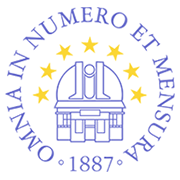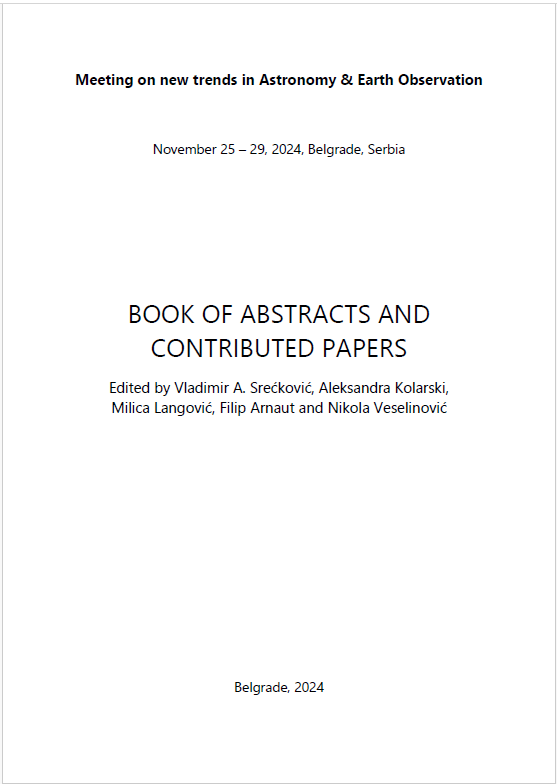MOLECULAR ELECTRON COLLISIONS IN EXOPLANET ATMOSPHERES AND THE INTERSTELLAR MEDIUM
Felix Iacob.
Publication
BOOK OF ABSTRACTS AND CONTRIBUTED PAPERS - International scientific conference: Meeting on new trends in Astronomy & Earth Observation, Page 33-34, https://doi.org/10.69646/aob241208
BOOK OF ABSTRACTS AND CONTRIBUTED PAPERS - International scientific conference: Meeting on new trends in Astronomy & Earth Observation, November 25-29, 2024, Belgrade, Serbia, Edited by Vladimir A. Srećković, Aleksandra Kolarski, Milica Langović, Filip Arnaut and Nikola Veselinović
Published by: Scientific Society Isaac Newton Belgrade
Published: 15. 12. 2024.
Abstract
Abstract: Recent changes in the climate have sparked interest in studying molecular-electron collisions in exoplanet atmospheres and, to a greater extent, in the interstellar medium. The competitive model of quantum mechanics can be used to describe Feshbach resonances, which are extremely excited bound states superposed with the continuum. Because they generate dissociation at low energy, these bound states are essential for explaining the dissociative recombination of the molecule that often occurs in this plasma environment. One effective theory that yields quantitative findings for identifying the interaction indicated by potential energy curves is the R-Matrix technique.The contribution of Feshbach resonances to the dissociation of molecules, as indicated by the dissociative rates, will be discussed in this presentation. The illustrations are based on NS molecule. - FULL TEXT available in PDF.




